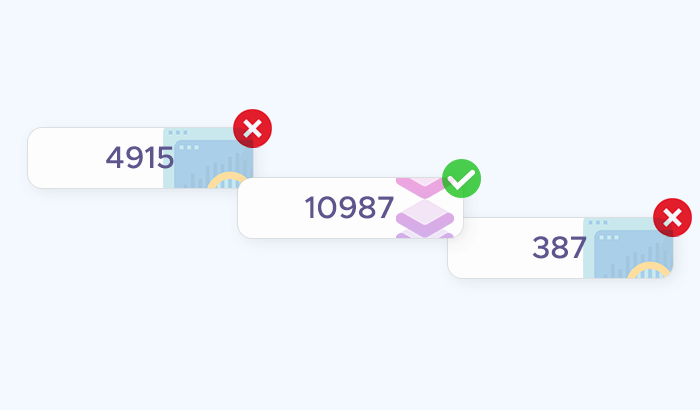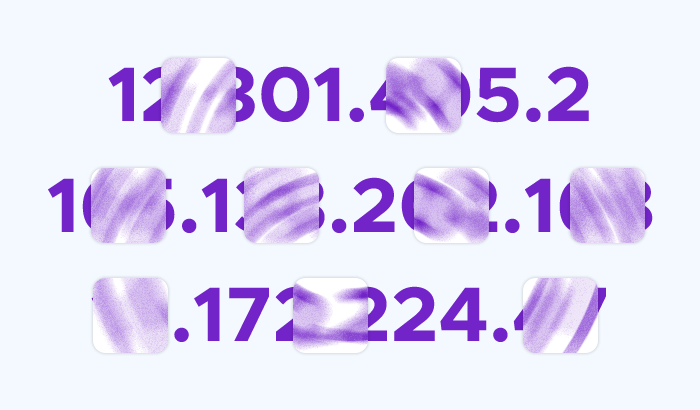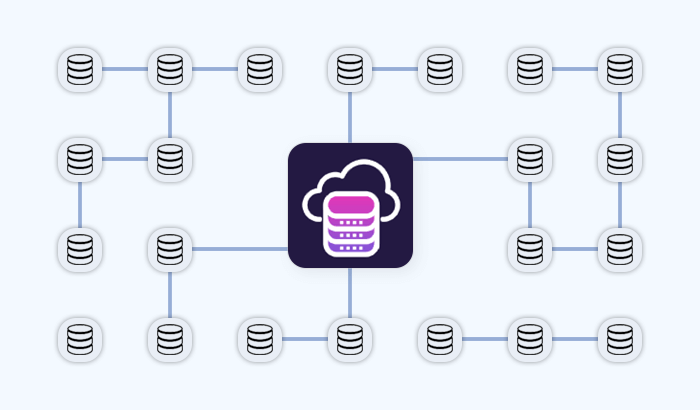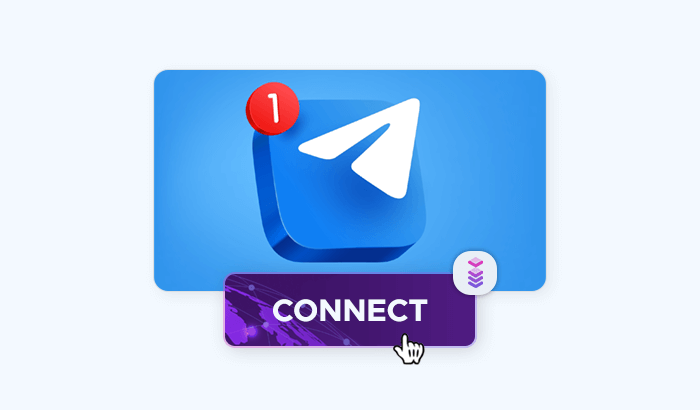
Accessing Telegram can be challenging in certain regions due to censorship or network restrictions – and using proxies offers a reliable solution to bypass these blocks, enhance privacy, and improve performance. In this guide, we’ll walk you through the different types of proxies available for Telegram, how to set them up, and when to use them, so you can enjoy a seamless, secure messaging experience no matter where you are.
Why Telegram Gets Blocked or Limited
Telegram is known for its privacy features, encrypted chats, and massive group channels – but it’s also frequently targeted by governments and organizations seeking to limit access to uncensored communication. There are several reasons why Telegram might be blocked or restricted in certain regions or networks:
Government Censorship
In some countries, Telegram has been outright blocked due to its refusal to comply with state surveillance or data-sharing laws. Governments may see the platform as a threat to political control, especially when it’s used to organize protests or share uncensored news. Notable examples include:
- Russia, which attempted to block Telegram in 2018 after the company refused to hand over encryption keys.
- Iran, where Telegram has faced repeated blocks for hosting channels that bypass local information controls.
- China, which maintains a blanket ban on most foreign messaging apps, including Telegram.
These blocks are typically enforced through IP filtering or DNS interference–methods that can be bypassed with the right type of proxy.
Network Restrictions in Schools and Workplaces
Telegram might also be restricted at the organizational level. Schools, universities, and workplaces often block messaging apps to prevent distractions or manage bandwidth. These network-level restrictions typically apply only when connected to specific Wi-Fi networks, and can usually be bypassed with a proxy or mobile data.
Regional Content Filtering
Even in countries where Telegram isn’t fully blocked, certain content (like channels or bots) may be restricted based on region or IP geolocation. This is done to comply with local laws or content policies, and may affect what users can access without them even realizing it.
Platform-Based Limitations
While not as common, some app stores or device-level restrictions may limit access to Telegram features, particularly in environments where digital surveillance is prevalent. In these cases, using a proxy – especially one that mimics normal user behavior, such as a residential or mobile proxy – can help restore full functionality.
What Is a Telegram Proxy?

A Telegram proxy acts as an intermediary between your device and Telegram’s servers, allowing you to bypass restrictions, improve privacy, or manage multiple connections more efficiently. Telegram supports three main proxy protocols: MTProto, SOCKS5, and HTTP. Each comes with unique benefits, use cases, and levels of compatibility.
MTProto Proxies
MTProto is Telegram’s custom protocol, designed specifically for encrypted communication within the Telegram app – best for users in censored regions who need a quick, Telegram-only solution. Their pros include:
- End-to-end encryption tailored for Telegram
- Simple setup within the app, especially on mobile
- Lightweight and fast
Their cons are:
- Only works with Telegram (can’t be used for other apps or general web access)
- Limited configurability compared to more general proxy types
SOCKS5 Proxies
A more general-purpose proxy protocol that works across many applications, including Telegram – best for advanced users, businesses, and automation setups needing flexibility across platforms. Their pros are:
- Versatility – can be used for Telegram and other apps (e.g., browsers, scraping tools)
- More customizable and compatible with proxy authentication
- Supports both TCP and UDP
However, they come with these cons:
- Requires manual setup
- Slightly less optimized than MTProto for Telegram-specific use
HTTP Proxies
One of the most common proxy types, typically used for web traffic. Telegram also supports HTTP proxies, though they’re less commonly used for this purpose – best for situations where SOCKS5 or MTProto are blocked, or for basic access through strict network firewalls. Their pros include:
- Easy to find and set up
- Can be used in networks that only allow HTTP traffic (e.g., tightly restricted corporate firewalls)
Their pros are:
- Not encrypted by default (unless used with HTTPS)
- Limited protocol support – not ideal for more complex or encrypted messaging
Choosing the Right Proxy for Telegram: Infatica’s Proxy Types Compared
| Proxy Type | Best For | Key Benefits | Telegram Use Cases | Considerations |
|---|---|---|---|---|
| Residential Proxies | Bypassing censorship in restrictive regions |
- Real IPs from household devices - High anonymity - Low block rate |
- Accessing Telegram where it's blocked - Avoiding detection when managing multiple accounts |
Slightly slower than datacenter proxies due to routing through real devices |
| Datacenter Proxies (Dedicated) | Speed & performance with full IP control |
- Fast & stable - No IP sharing - Lower cost than residential |
- Running automation scripts - Business use where consistent performance matters |
More likely to be flagged if overused or abused |
| Datacenter Proxies (Shared) | Cost-effective access with reasonable performance |
- Affordable - High availability - Ideal for general use |
- Casual use of Telegram - Non-critical access |
IPs are shared with others, which may affect reliability or trust scores |
| Mobile Proxies | Emulating real mobile traffic, high trust score |
- Carrier-grade IPs - Extremely difficult to block - Rotates naturally |
- Telegram marketing - Managing multiple Telegram accounts safely - Bypassing advanced blocks |
More expensive, limited concurrency |
| Static ISP Proxies | Long-term use with residential legitimacy & datacenter performance |
- Residential IPs hosted in datacenters - Stable, static IPs - High trust score |
- Maintaining persistent Telegram sessions - Running Telegram bots or business accounts |
Limited pool compared to residential proxies, higher cost than shared options |
Use Cases for Telegram Proxies
Proxies aren’t just for bypassing censorship – they open the door to a wide range of use cases on Telegram, from basic access in restricted areas to advanced marketing and automation. Below are some of the most common reasons users turn to proxies when working with Telegram.
Bypassing Censorship and Regional Blocks
In countries where Telegram is blocked or partially restricted, proxies are a lifeline. Whether it’s a government-imposed ban or local ISP filtering, using a proxy allows users to access Telegram’s full functionality, stay connected to uncensored news and information, and communicate securely during political unrest.
Recommended proxies: Residential or mobile proxies offer the highest success rates in censorship-heavy regions due to their real-world IPs and high trust scores.
Managing Multiple Telegram Accounts
Telegram officially supports multiple accounts per app, but using more than a few – especially for marketing or business purposes – can trigger spam filters or IP bans. Proxies help by assigning a unique IP to each account, mimicking traffic from different devices or regions, and reducing the risk of being flagged as a bot.
Recommended proxies: Mobile, residential, or static ISP proxies work best for account management due to their legitimacy and ability to rotate IPs when needed.
Telegram Marketing and Automation
Businesses and marketers use Telegram for broadcasting promotions, managing large groups, and running bots. These activities often require automation tools, which can quickly get flagged if not properly masked. A proxy allows safe use of Telegram automation tools or APIs, IP rotation to avoid rate limits or bans, and campaign geo-targeting by connecting through specific regions
Recommended proxies: Datacenter proxies for performance, or mobile proxies for stealth marketing with rotating IPs.
Corporate Communications
Some teams use Telegram as an internal communication tool – especially in regions where it’s more popular than alternatives like Slack or WhatsApp. When access is blocked by corporate networks, a proxy can restore Telegram access behind firewalls, ensure secure messaging in restricted environments, and maintain consistent app performance in global operations.
Recommended proxies: Dedicated datacenter or static ISP proxies for stable, long-term connections.
Telegram Data Collection (Ethical Scraping)
For researchers, analysts, or data-driven companies, Telegram channels and groups offer a wealth of public data. When collecting this data responsibly, proxies help avoid IP bans during scraping, distribute traffic across multiple IPs, and access region-specific groups or content.
Recommended proxies: Datacenter proxies (for speed and scale) or residential proxies (for harder-to-access content).
How to Set Up a Proxy in Telegram
Setting up a proxy in Telegram is a straightforward process, whether you're using a desktop or mobile device. Telegram natively supports MTProto, SOCKS5, and HTTP proxies – and you can configure them in just a few taps or clicks.
Below is a step-by-step guide for each platform:
Setting Up a Proxy in Telegram (Desktop App)
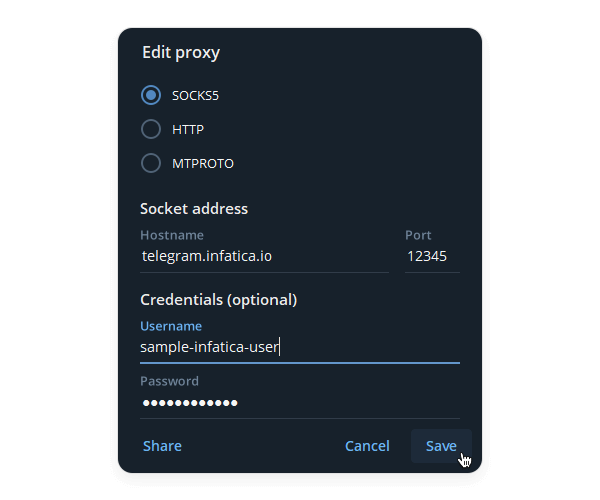
- Open Telegram Desktop and click on the three horizontal lines in the top-left corner.
- Go to Settings →
Advanced. - Scroll down to the
Connection type section. - Click
Use custom proxy. - Choose your proxy protocol:
SOCKS5,HTTP, orMTProto. - Enter your proxy details: IP address, port number, and the username & password combo if authentication is required.
- Click Save or Connect.
Your connection will switch immediately if the proxy is working correctly.
Setting Up a Proxy in Telegram (Mobile – Android & iOS)

- Open the Telegram app.
- Go to Settings →
Data and Storage. - Scroll down to the
Connection typesection and openProxy. - Tap
Use proxyand choose your desired protocol: MTProto or SOCKS5. - Enter the required proxy details: Server (IP or hostname), port, secret (for MTProto), and username/password (if required for SOCKS5).
- Save your settings and return to Telegram.








